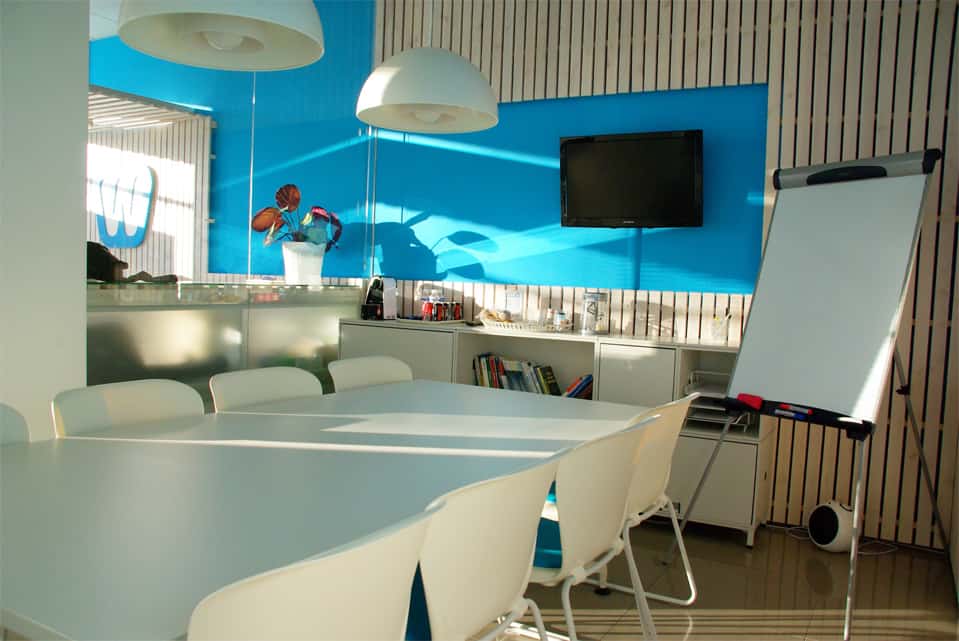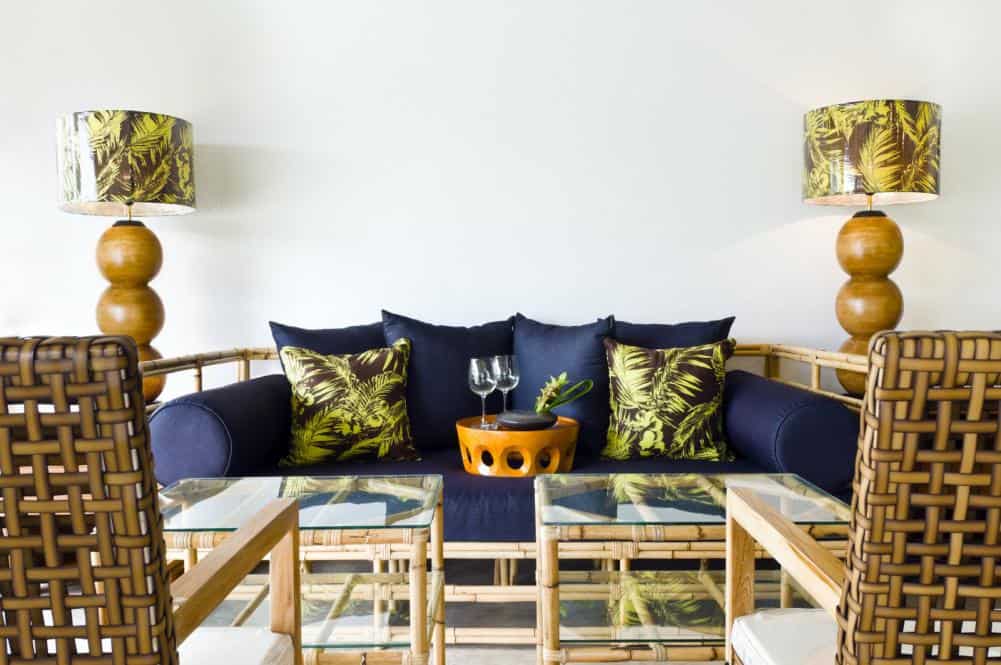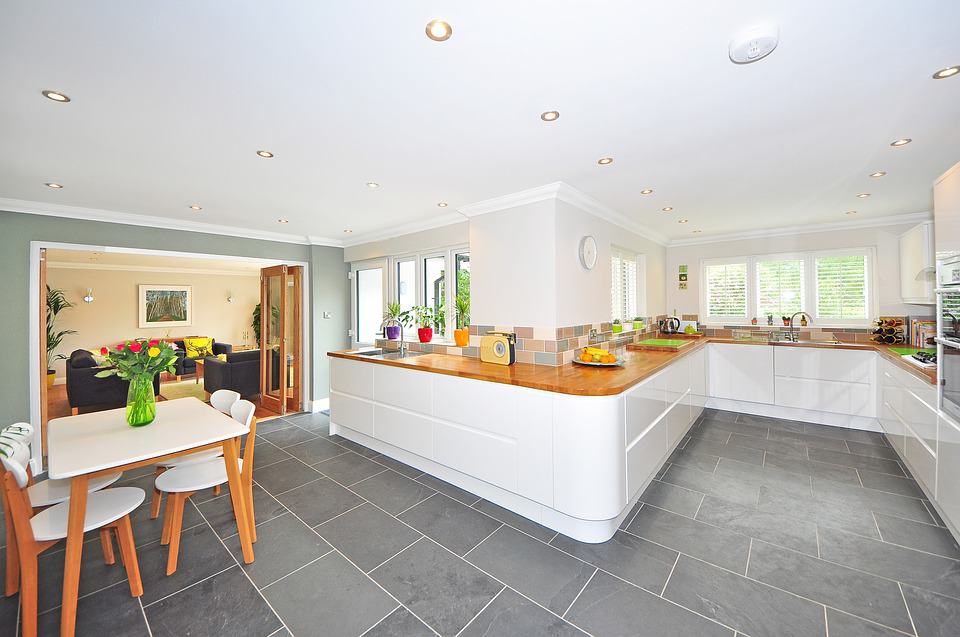An average person spends the vast majority of their time living inside buildings. As a result, their thought process is moulded by the interior décor, walls and floor design of the building. The interior design creeps into their dreams late at night and influences their perception of other realities outside of the home. Research has shown that the various designs in architectural engineering have both a disruptive and positive influence on our way of thinking.
Architectural designs instantly evoke emotions of all kinds in a person, while others bring out feelings of apathy and a general lack of interest because of being completely generic and bland.
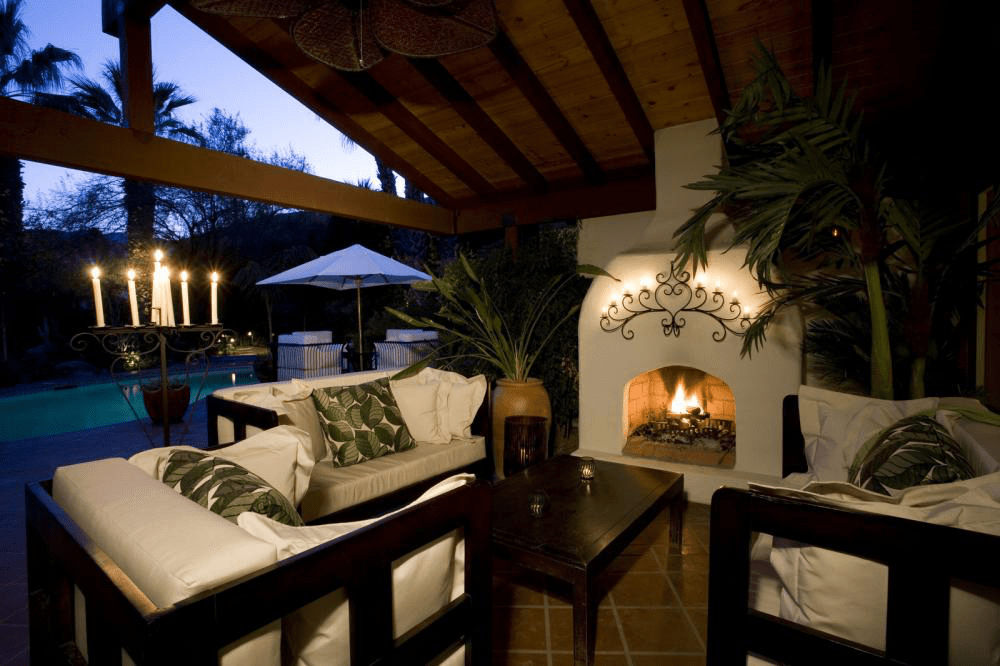
Loving architecture is akin to loving any other living, breathing creature – it goes through the same process. If a person sees something entirely new, they tend to express certain elements of hostility towards it. But after spending a certain period of time exploring the alien architecture of the space, they too begin to fall in love with it. A person who was originally taken aback by the ‘alien’ design structure of a building has now shown increased affinity to it after it grows on them.
Rectilinear versus Curved
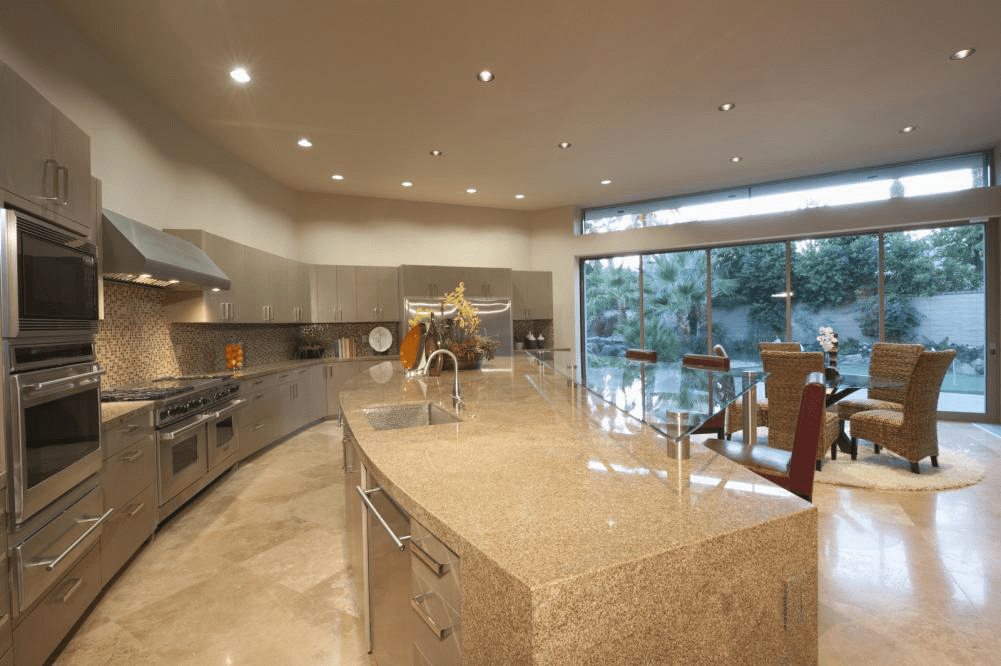
Research has only begun to unravel the role each subtle design variable plays in our cognitive skills. For instance, it has been demonstrated over and over again that free-flowing curved designs are much more compatible with both body and mind when compared with rectilinear designs. After all, straight lines are not a regular feature of natural sights. Natural designs are curvilinear by nature.
And for this reason, it has been hypothesized that curvilinear designs have more philosophical implications on the human mind. The interior design of an office space can be used to evoke philosophical and psychological changes in people. Dozens of research has been done on the subject matter and a few general trends have been observed.
In 2011, Dazki and Read measured the emotional responses in participants when exposed to stimulated and controlled interior décor of living spaces with furniture displaying curvilinear features compared to furniture with rectilinear lines. Because the majority of the participants were design students, it minimized the chances of skewed and ill-informed responses.
Furniture which had curvilinear themes evoked pleasant motions compared to rectilinear forms. Emotions such as the feeling of being pleased, peaceful, calm and relaxation were more prominently associated with curvilinear designs. This is in stark contrast to the negative emotions such as stress, being angry and irritated when it came to rectilinear settings.
Participants expressed the desire to spend more time in curvilinear settings, which also increased the likelihood of socializing with others and creating beneficial relationships. This is an obvious consequence of pleasant emotions such as happiness and calmness.
The conclusions of Dazki and Read can have used in schools, hospitals and clinics where evoking pleasant emotions are paramount to the institute’s success. Administrators of mental hospitals should make a point to read this article because of the implications.
Madani Nejad’s thesis on rectilinear and curved furniture
A similar research was carried out by Madani Nejad, an architectural student. She recorded the responses of participants to drawings of living rooms which contained windows, a fireplace and furniture. The original pictures heavily featured rectilinear elements which were then transformed using ArchiCAD to have curvilinear themes.
All other variables were kept constant.
Madani’s conclusions were in line with those of Dazki and Read. Those participants displayed emotions which were pleasant, relaxing and friendly when exposed to drawings with curved themes.
Are curved themes more feminine in nature?
Dr Madani segmented her participants into two groups, those with Architectural backgrounds and those without one. The architectural students felt that curvilinear decors resonated more deeply with feminine qualities. Non-architectural students had somewhat of a larger difference in their responses due to their lack of in-depth knowledge on their part, but the association of positive emotions with curved designs remained overwhelmingly true for the majority of the cases.
The striking effect of colour
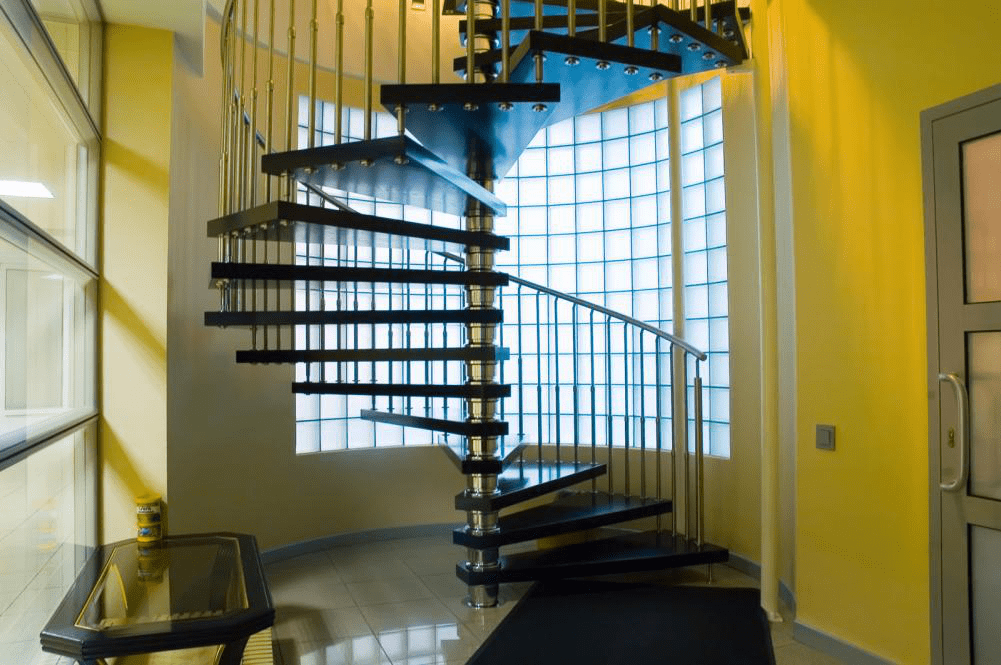
Psychologists from the University of British Columbia studied the effect of how interior walls influenced the thoughts of people. They enlisted 600 participants and had them perform cognitive tests in red, blue and neutral backgrounds.
People who took tests in the red setting fared better at skills which required accuracy and strong attention to detail such as spotting glaring errors in grammar and having a stronger short-term memory. Scientists claim this is because red is traditionally associated with danger. So when participants were exposed to it, the brain became more alert and aware of the surroundings.
With blue, there was an entirely different set of psychological results. People from the blue group performed worse on short-term memory tasks but performed far better on tasks which required the use of imagination and their creativity flourished under a blue setting. They have twice as many creative responses as the subjects in the red colour.
This is because blue is traditionally associated with the sky and ocean. This brings to light beautiful thoughts imagery of glistening beaches, starry skies and encompassing horizons. This relaxes the brain and allows it to become more creative and imaginative.
Ceilinged versus non-ceilinged rooms
The psychologists also conducted an experiment studying the relationship between ceiling height and our cognitive skills. They found that people in a low ceilinged room produced better results at problems which involved restrictive themes such as being bound, restrained and restricted. People in high ceilinged rooms performed better at puzzles in which the main theme was freedom. This is because large spaces make us feel free.
These results show that if classrooms in schools were to have expansive environments with blue walls, it could help students come up with creative solutions to problems. However, if the intent is to focus on the details, then it helps to create a more claustrophobic theme with red walls.
A brief guide to Interior design
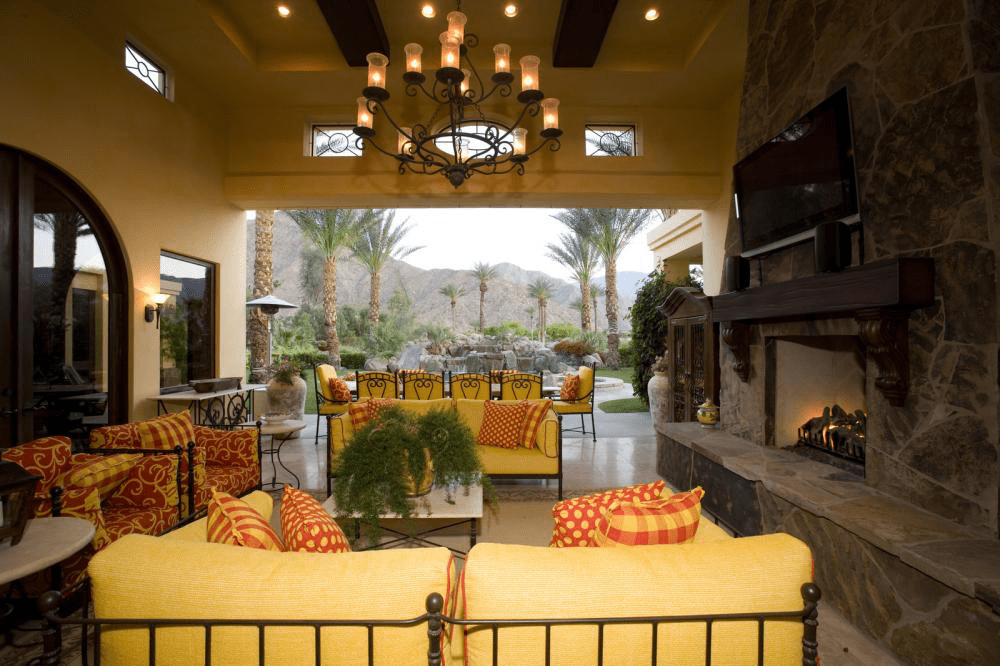
Now that we’ve proven the deep psychological impact interior design has the human mind and its perception of the work, we can draft a brief guide to help you design a beautiful interior décor around those parameters we discussed earlier. This will help create positive feelings for yourself, family and the guests.
There is a vast range of colours and designs for virtually every facet of a home. But the right combination will help bring out positive emotions that you may not be considered before.
For the living room
The living room should be a place which could make a great first impression. These are great spaces for a large get-together. For this reason, living rooms should not have constricted spacing and the ceilings should preferably be higher. The place should ideally be filled with light, air and tons of space. This will allow the brain to mentally relax and create an environment where maximum social interaction can take place.
For the bedroom
After a hard day at work, the least that anyone needs is a relaxing place to retreat. The bedroom should ideally have warm textured fabrics and rich colour. The goal is to create a feeling of relaxation which would serve to free a person from the tiresome and difficult day at work. Avoiding red colors is particularly important here because of the negative feelings of fear it tends to create.
For the dining room
The dining room is the area which you use to impress your friends, guests and family members. This is the place where you want to make a statement and where you invest the most amounts of dollars to make the biggest impression. This also makes the people who are visiting the home feel that they are important enough for you to care enough to spend this much.
The different style of wallpapers
You should be brave with your selection of colours and patterns and frequently experiment with different designs. For instance, the wallpaper can have a traditional design such as stripes to make guests feel more at ease to bright geometric patterns for a more modern look.
The ideal design of your room would require you to properly juggle the contrast ratio of colors. If you’re after a dark wallpaper design, it helps to choose a white or glassware theme for the ceiling and woodwork. It never helps to overwhelm the room with just a single bland color and design.
If you’re after a more retro feel, then consider applying geometric wallpapers with unique designs. Use shapes which resonate best with the rest of your interior décor. for instance, it should complement the clock and couch and not feel out of touch with them. The idea is to make each feature stand out and not just blend in with the environment. So to make the wooden features stand out, it makes sense to choose a paler tone.







